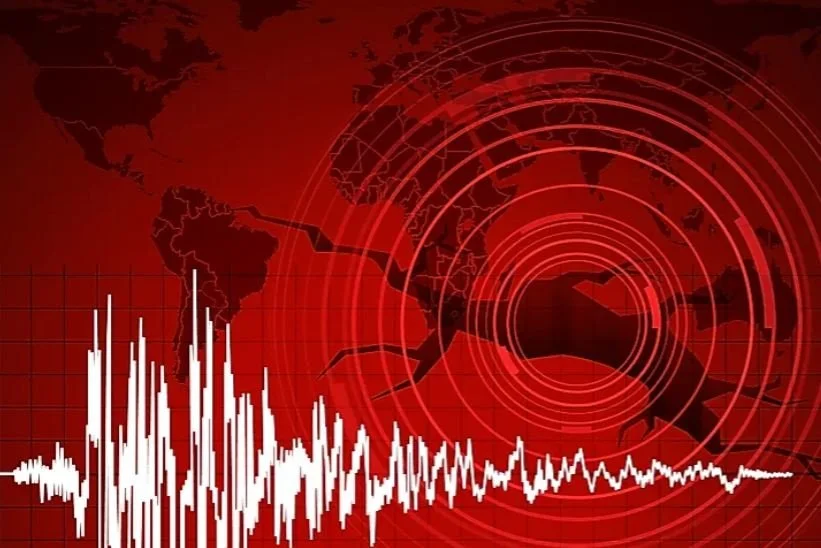Seismic Las Vegas
/We’ve never experienced a tsunami or a major earthquake. Have you? We learned of the aftermath of one shortly after we visited Juan Fernandez Island in 2009. The same devastating tsunami in 2009 killed a sailing friend in Samoa. We’ve experienced tsunami warnings in both Niue and more recently when we were in Alaska in 2023. They’re unnerving. While we were in Ecuador in 2005, a large rogue wave swept through the boatyard taking anything on the ground with it, but no other damage. We felt a tremor one time when we were visiting California. All of these really caught our attention though. The recent 8.8 earthquake that hit in Kamchatka had us wondering about earthquakes here in Las Vegas.
We certainly don’t have to worry about tsunamis in Las Vegas, but we did learn something new about earthquakes recently. According to the National Parks Service, “Nevada is prone to earthquakes and is actually the third most seismically active state in the United States, after California and Alaska. While most earthquakes are small and go unnoticed, the state experiences frequent temblors, including larger ones that can cause damage.” WHAT?
In fact, according to the Nevada Office of Emergency Management, “over the last 150 years, Nevada has been the third most active state in the Union in the number of large earthquakes. Since the 1850s, 63 earthquakes with potentially destructive magnitudes of 5.5 or greater have occurred in the state.
The Nevada Bureau of Mines & Geology states that “The largest earthquake in Nevada's history (magnitude 7.3) occurred on October 3, 1915, and was centered in Pleasant Valley, south of Winnemucca. This earthquake broke the surface in four different places over a distance of 37 miles (60 km). The largest offset of the ground was 19 feet (5.8 m) of vertical movement.” The magnitude of this quake might be even higher since values may stem from different methodologies and data used for calculating the magnitude back in 1915. The last notable earthquake in Nevada was a 5.5 magnitude quake that occurred on December 9, 2024, east of Lake Tahoe in the town of Yerington. Yikes, that’s just last year!
Nevada is located at the junction where the Pacific and North American tectonic plates interact, thus we’re an active earthquake region. Additionally, the state is crisscrossed with fault lines. FEMA indicates that on average, Nevada experiences a magnitude 6 or higher earthquake about once every 10 years and a magnitude 7 or higher about once every 27 years. The last magnitude 7 or greater quake occurred in 1954. We’re way overdue!
Las Vegas is less prone than western Nevada near the Sierra Nevada mountains, which is considered a high-hazard area due to the highest earthquake activity and slip rates. Still, here are several faults in the Las Vegas Valley area. The largest earthquake near Las Vegas this week, according to the USGS, was a magnitude 4.4 earthquake that struck near Indian Springs, about 30 miles northwest of Las Vegas. That’s pretty close. I guess that’s probably why seismic straps are required on all water heaters in Nevada.
We see Frenchman Mountain everyday!
I found this earthquake tracker and typed in Las Vegas in the ‘quakes near’ block. I was a bit ‘shaken up’ by all the activity just recently. https://earthquaketrack.com
The Great Nevada Shake Out page is sponsored by FEMA and provides information on earthquake preparedness. It’s tailored to each state considered at earthquake risk. Quite honestly, we’ve never even thought about it. “This year's International ShakeOut Day is October 16, when millions of people worldwide will participate in earthquake drills at work, school, or home!” I doubt we’ll participate, but being aware of the ‘drop, cover, hold on’ drill is good information… just in case.







